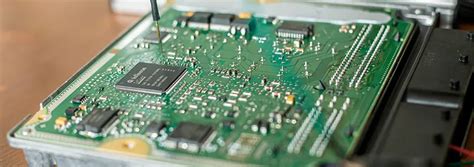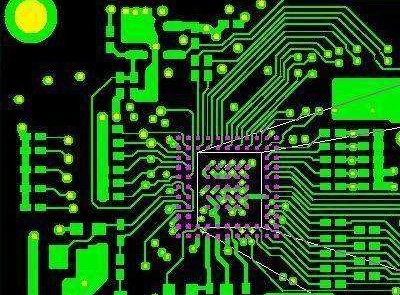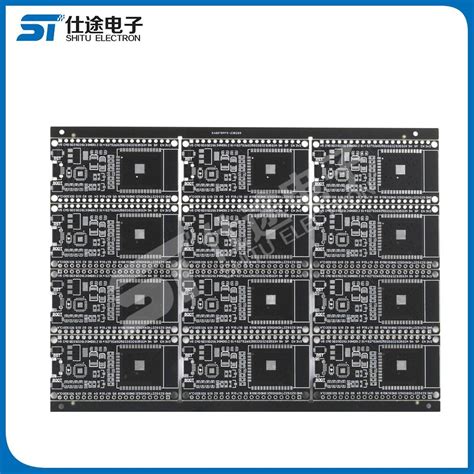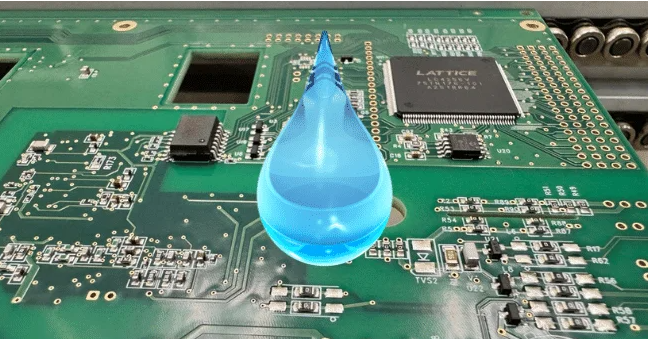Unlocking Excellence in PCB Assembly: Your Guide to the Best Choices
Key Takeaways
In the ever-evolving world of PCB assembly (PCBA), understanding the fundamental aspects is crucial for achieving excellence. This process involves not only the mechanical assembly of printed circuit boards but also their intricate design, which can significantly influence the functionality and durability of the final product. As you delve into PCB assembly, keep in mind that the selection of a provider can dictate the overall quality of your projects. Look for services that utilize advanced technologies and adhere to strict quality assurance practices, ensuring a reliable outcome. Cost should never be overlooked; finding a sweet spot between affordability and quality can be challenging yet pivotal. Pay attention to the materials used in your PCBA process, as they directly affect performance and longevity. Embracing prototyping as an integral step can lead to valuable iterations, allowing for optimization before mass production. As you navigate through these priorities, always stay ahead by anticipating future trends that could reshape PCB assembly, ultimately guiding your choices toward more innovative solutions.
Understanding PCB Assembly: A Key to Quality
PCB assembly, or PCBA, is a critical process in the production of electronic devices, encompassing the integration of components onto a printed circuit board. To truly appreciate the quality associated with pcb assembly, one must delve into its fundamental aspects. Quality assurance begins with a thorough understanding of the design specifications, which dictate how each component will function within the system. This process is not only about component placement but also involves ensuring that every solder joint is robust and every connection is secure, which ultimately influences the reliability of the final product.
“Investing time in understanding PCB assembly intricacies can significantly impact your project’s success.”
When evaluating pcb assembly services, it’s essential to assess their capabilities in handling both prototypes and volume production while maintaining consistent quality standards. The adoption of innovative technologies, such as automated test equipment and surface-mount technology (SMT), can help streamline pcba processes and enhance accuracy, reducing human error. With a meticulous approach to selecting materials and rigorous testing protocols, companies can ensure that their final products not only meet but exceed industry standards. Understanding these principles allows designers and engineers to make informed choices that elevate their projects with precision and reliability, leading to successful outcomes in an increasingly competitive market.
Criteria for Evaluating PCB Assembly Services
When it comes to PCB assembly, selecting the right service provider is crucial for ensuring the success of your project. There are several fundamental criteria that should guide your decision-making process. Firstly, consider the quality of materials used; reputable companies often provide details about their sourcing and compliance with industry standards. Additionally, experience and expertise in the field play a significant role; look for providers who have a proven track record in PCBA and can produce consistent results.
Furthermore, evaluate the range of services offered. A comprehensive provider should offer not only standard PCB assembly but also additional services such as prototyping, testing, and supply chain logistics. This versatility can save time and enhance project efficiency.
Another important factor is communication. A transparent company that keeps clients informed of progress at every stage fosters trust and collaboration. Lastly, assess the pricing structure; ensuring you receive good value doesn’t always mean going for the cheapest option. It’s essential to compare costs relative to quality rather than simply focusing on price alone.
| Criteria | Description | Importance |
|---|---|---|
| Quality of Materials | Source compliance and standards | High |
| Experience | Proven track record in PCBA | High |
| Range of Services | Availability of complementary services | Medium |
| Communication | Transparency and client involvement | High |
| Pricing Structure | Value received compared to cost | Medium |
By adhering to these criteria, you can navigate through the many options available in the market and choose a PCB assembly service that aligns with both your technical requirements and budgetary constraints, ultimately leading to successful project outcomes.
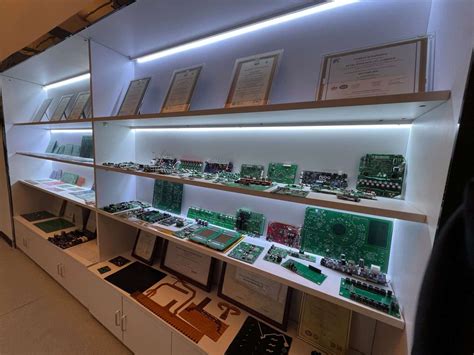
Top Technologies Revolutionizing PCB Assembly
The landscape of PCB assembly is continuously evolving, driven by advancements in technology that enhance efficiency and quality. One of the most significant innovations is the rise of automated assembly systems, which streamline the manufacturing process by minimizing human error and speeding up production times. This has made PCBA more accessible to a broader range of projects and industries. Additionally, robotic placement techniques have increased precision in component positioning, ensuring that even the most intricate designs are executed flawlessly. Another notable technology is the adoption of flexible and rigid-flex materials, allowing for more dynamic applications in compact electronic devices. These materials not only reduce weight but also enhance durability, making them particularly appealing for consumer electronics and automotive applications. Furthermore, advancements in AI-driven quality assurance systems play a crucial role in maintaining the integrity of PCB assembly by enabling real-time inspections during manufacturing. As companies continue to integrate these cutting-edge technologies into their pcb assembly processes, they are not only improving product reliability but also fostering innovation across multiple sectors. Embracing these trends ensures that organizations are well-equipped to meet the demands of modern electronic design.
The Importance of Prototyping in PCB Assembly
Prototyping is a critical step in the PCB assembly process, allowing designers and engineers to verify their concepts before committing to full-scale production. Creating a prototype provides an opportunity to identify potential issues, such as design flaws and component misplacements, early in the development cycle. This iterative process not only enhances reliability but also significantly reduces production costs by minimizing costly mistakes that could arise from incomplete designs. Through prototyping, teams can fine-tune their PCBA designs based on real-world performance and testing, ensuring that the final product meets all quality standards and functionality requirements. This practice is essential for achieving the best PCB assembly outcomes, as it aids in developing a fully functional prototype that can be tested under various conditions. Additionally, a well-executed prototyping phase fosters collaboration among stakeholders, paving the way for valuable feedback that can lead to even better designs and innovations in future projects. Ultimately, prioritizing prototyping in your PCB assembly endeavors not only streamlines the development process but also elevates the overall quality of the final product.
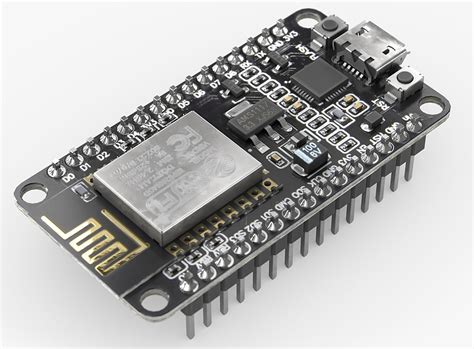
Cost Considerations: Finding Value in PCB Assembly
When embarking on a project that requires PCB assembly, budget considerations are paramount. Achieving the right balance between cost and quality is crucial for the success of your design. Various factors influence pricing in PCBA, from the complexity of the design to the materials used. It’s essential to understand that the cheapest option may not always offer the best value; instead, focus on suppliers who provide a combination of quality, reliability, and cost-effectiveness. Evaluating potential partners requires analyzing their track record and customer feedback, which can help you gauge their capacity to deliver high-quality PCB assembly without unexpected expenses. Furthermore, investing in advanced technologies might slightly elevate costs initially, but they can lead to significant long-term savings through enhanced efficiency and reduced error rates. Therefore, a strategic approach to determining value in PCB assembly services can ensure that your projects meet both budgetary goals and quality standards.
Selecting the Right Materials for Your PCB Projects
When embarking on pcb assembly projects, the selection of materials plays a pivotal role in the overall success and reliability of the final product. Choosing suitable materials not only impacts performance but also influences durability, cost-efficiency, and production timelines. One of the most critical components is the substrate material; options like FR-4 are popular due to their excellent electrical properties and thermal stability. Additionally, considering copper thickness is essential as it affects conductivity and current-carrying capacity.
For those prioritizing lightweight designs, materials such as aluminum or flexible substrates can enhance performance while reducing weight. It’s also important to factor in environmental conditions; for instance, materials that can withstand extreme temperatures or moisture will significantly enhance longevity.
Moreover, don’t overlook the potential of surface finishes, which protect exposed copper from oxidation and enhance solderability. Options include HASL, ENIG, or OSP, each having unique benefits that cater to different applications in pcb assembly. Thus, conducting thorough research and consulting with professionals can lead you to the best choices for your specific needs, ensuring that your pcba meets both quality standards and project requirements effectively.
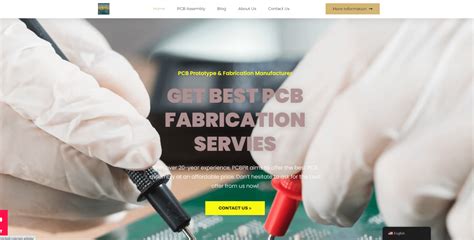
Quality Assurance Practices in PCB Assembly
Effective quality assurance practices are paramount in the realm of PCB assembly to ensure that each PCBA meets stringent standards of performance and reliability. These practices encompass a variety of methodologies, including rigorous testing protocols, comprehensive inspection procedures, and adherence to industry standards. For instance, implementing a Six Sigma approach can significantly reduce defects in the production process by identifying and eliminating sources of error. Additionally, regular audits of suppliers and material sources help maintain a high level of control over the inputs that affect the final product quality. Critical testing phases such as in-circuit testing (ICT) and functional testing are integral parts of the assembly process—it ensures that each board functions as intended before it reaches the customer. Furthermore, thorough documentation throughout the production cycle aids in traceability, allowing manufacturers to quickly address any issues that may arise post-assembly. By focusing on these quality assurance practices, companies can confidently deliver superior PCB assemblies, thereby enhancing client satisfaction and securing their position in a competitive market.
Future Trends in PCB Assembly to Watch Out For
As the demand for high-quality pcb assembly continues to grow, several emerging trends are poised to reshape the landscape of pcba. One significant trend is the increased integration of automation and artificial intelligence in the assembly processes. By leveraging advanced technologies, manufacturers can enhance precision and reduce human error, leading to improved quality and efficiency in pcb assembly. Another noteworthy trend is the move toward sustainable manufacturing practices; companies are now prioritizing eco-friendly materials and processes that minimize waste and energy consumption. Additionally, the rise of miniaturization requires innovative approaches to design and assembly, pushing engineers to develop more compact and effective circuit boards. As 5G technology expands, there’s also a growing need for high-frequency pcba, which presents unique challenges that companies must address through advanced engineering techniques. Lastly, collaborative platforms for design and prototyping are becoming increasingly popular, enabling teams to work more effectively while ensuring that each component fits seamlessly into the larger assembly process. Keeping an eye on these trends will not only enhance your projects but also position you ahead in the rapidly evolving field of pcb assembly.
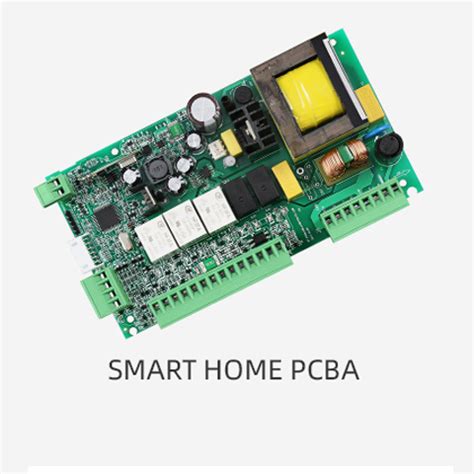
Conclusion
In summary, achieving excellence in pcb assembly is a multifaceted process that involves understanding various essential elements. The selection of the right pcba service can significantly impact the quality and reliability of your electronic projects. Recognizing the significance of quality assurance practices ensures your assembly process meets industry standards, enhancing durability and performance. Moreover, evaluating cutting-edge technologies can help you stay ahead in the competitive landscape, making sure your boards are produced efficiently and effectively. By paying careful attention to material selection and cost considerations, you can effectively balance performance with affordability. As trends evolve within the industry, staying informed will allow you to make informed decisions that propel your projects forward with confidence. Embracing these insights sets a solid foundation for success in your future pcb assembly endeavors.
FAQs
What is PCB assembly and why is it important?
PCB assembly (PCBA) is the process of connecting electronic components to a decorated circuit board. It’s crucial because the quality of this assembly directly impacts the performance and reliability of electronic devices.
What should I look for in a PCB assembly service?
When evaluating a PCB assembly service, consider their experience, technology used, quality assurance measures, and customer reviews. These factors ensure you receive a reliable product tailored to your needs.
How does prototyping fit into PCB assembly?
Prototyping in PCB assembly allows for testing and refining designs before full-scale production, helping to identify issues early and ensure the final product meets specifications.
What are the current trends in PCB assembly technology?
Current trends include automation in PCB assembly, advanced materials that enhance performance, and smart manufacturing techniques that improve efficiency and reduce costs.
Can I order small-scale PCB assemblies?
Yes, many companies offer small-batch PCBA, which is perfect for startups or those testing new concepts without committing to large volumes.
If you’re seeking more information or looking for the best PCB assembly options for your projects, please click here to explore further.



